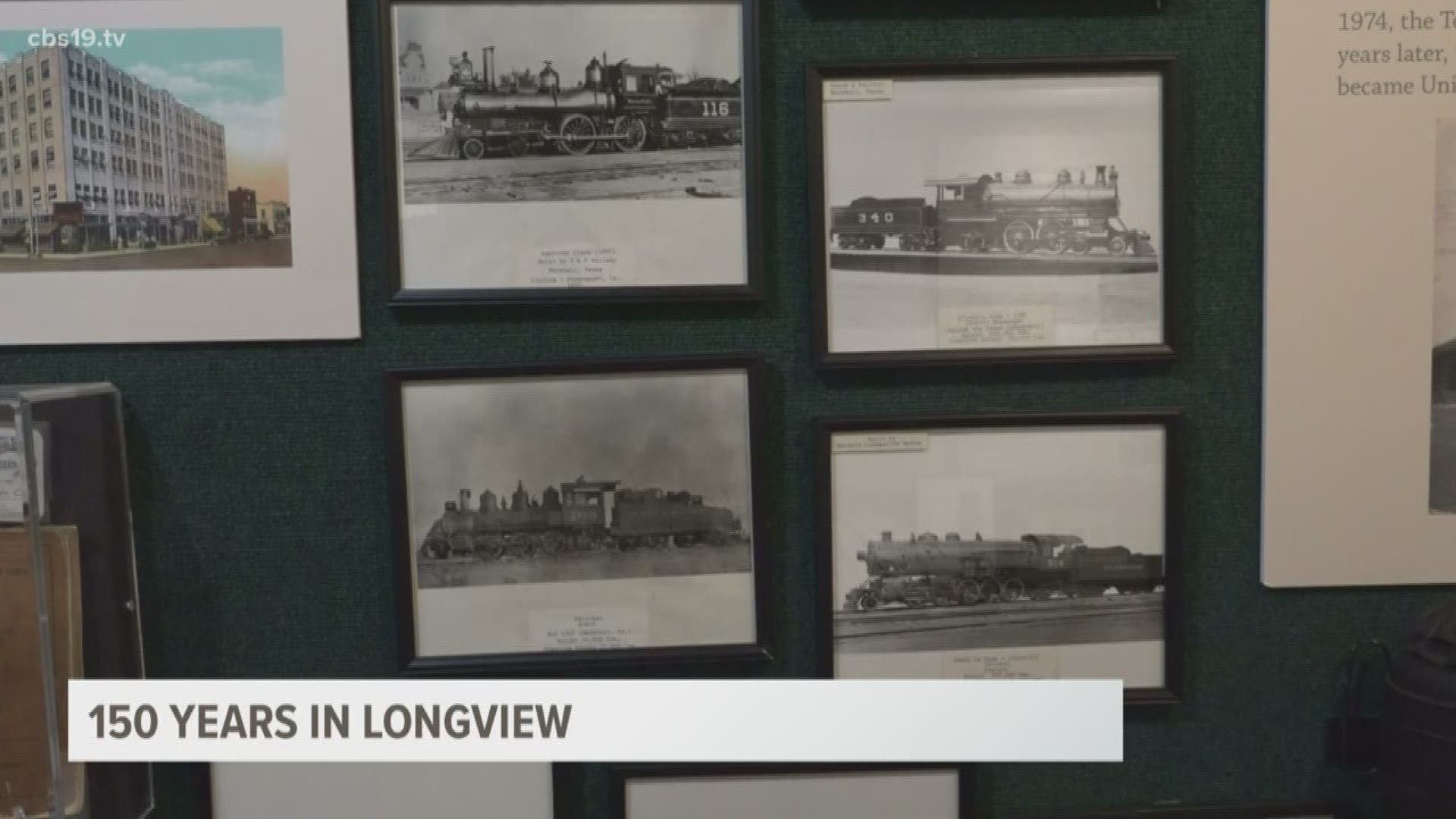LONGVIEW, Texas — In 1870, Ossamus Hitch Methvin, Sr. was itching to be the latest landowner to benefit from the railroad boom.
Railroad surveyors came to Methvin's home to take a look at the hilly landscape. It was there, standing on the porch of Methvin's home on Rock Hill, according to local legend, that one of the surveyors said: "What a long view!"
In Longview's 150-year history, it has established itself as a regional center for commerce, the base for a critical oil pipeline and the home of a legendary high school football legacy.
"These are the very important hallmarks of our collective story and really sort of a signpost for where we've been and where we're going as we grow," said Kimberly Fish, host of the podcast Longview 150 Stories. "Some voices are old and you know, crack all with age of a life well-lived. Some reveal the struggles of what they had to go through in their growing up experiences but almost all of the stories that I've heard speak to a joy."
What is now Longview was once scattered farms with Methodist and Presbyterian congregations. Little was changed as the Civil War waged into Texas. However, the key to the city's future was the Texas and Pacific Railroad.
With completion of the Transcontinental Railroad on May 10, 1869, America's greatest engineering achievement to that point, the West was now open to more railroads moving west to meet the ever-growing demand of the people in the East.
"So O-H was my fourth great uncle, my great-great-grandfather was O-H's brother," said Zack Methvin. "As a very small child, my grandmother would tell me you have a great uncle who founded this city in Texas."
Methvin, a 55-year-old corn farmer and landowner, recognized the potential to profit from the newly charted Texas and Pacific Railway, then known as the Southern Pacific Railroad, though it had no relation to the famous railroad company out of California.

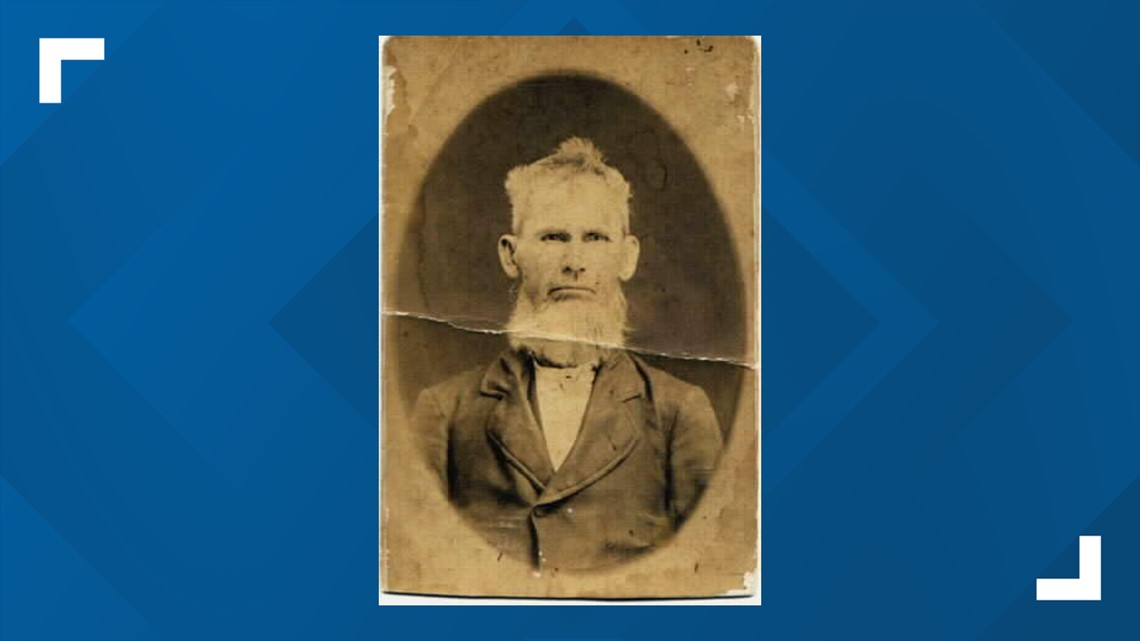
Perhaps impressed by Methvin's salesmanship, the railroad rewarded Methvin with $1 for the 100 acres he was willing to give to the line. The proposed line bypassed the already established Earpville, ironically named for the man who sold Methvin the land that would become Longview.
"The advent of the train how that brought a whole different temperature to this area and it moved from being an agricultural community into a transportation hub," Zack Methvin said.
Instead the line was planned through the enterprising farmer's property. The deal was completed in April 7, 1870. In September that year, Methvin sold another 100 acres to the railroad for $500 in gold.
"He knew that by having the railroad put in a stop here, it was going to bring commerce, it was going to bring transportation, it was going to bring families, it was going to build something that otherwise may not have been built," Zack Methvin explained.

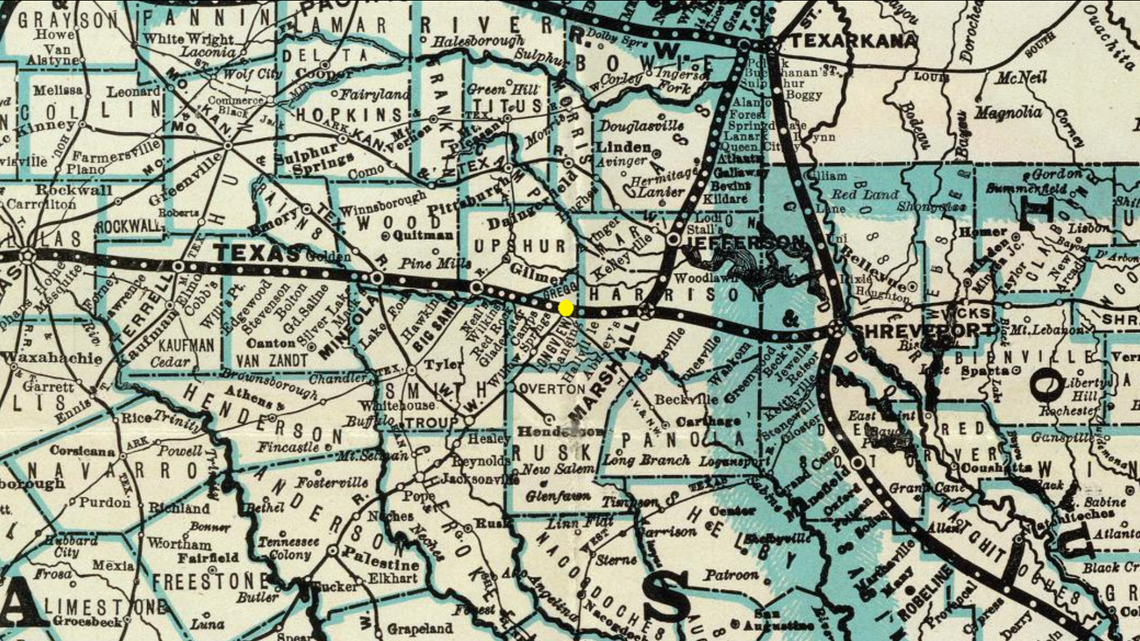
In January, a post office was built and the town would eventually become incorporated in June 1871, becoming the fist incorporated settlement in Gregg County. New residents flooded into the city as the railroad helped Longview become a regional trading center in East Texas. Some of the earliest buildings were made from the stone from Rock Hill, the location of Methvin's home.
Though its first years were defined by the rough lifestyle of a western railroad town, the city expanded rapidly by the end of its first decade to include sawmills, schools, a machine shop, newspapers and a 450-seat opera house.
In the 1880's, the Kelly Plow Company relocated to Longview, furthering the city's expansion and employing several residents. The company would be one of the largest suppliers of plows and other agricultural equipment in the western United States. The company created one of the state's first charted industries back when other parts of the state was considered the wild west.
However, some of the classic elements of the Old West still existed in Longview. As with many up-and-coming railroad towns, the city was the target of bank robberies.

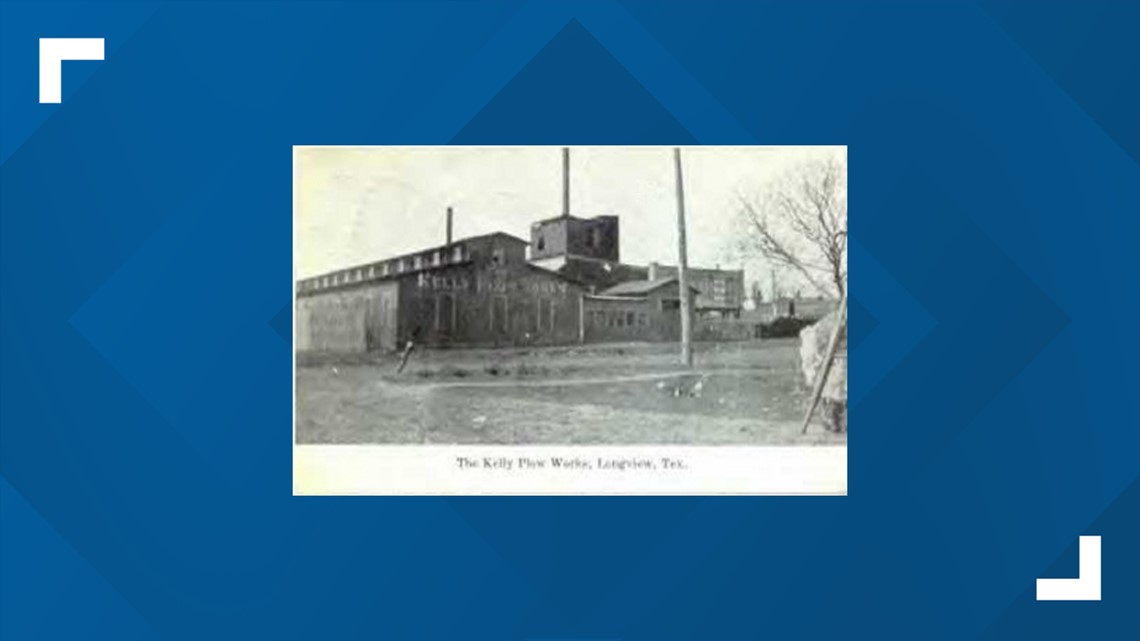
In 1894, a gang led by notorious outlaw Bill Dalton, shortly after leaving his alliance with Bill Doolin, wrote a note that was delivered to the First National Bank of Longview.
"We take this method of informing you that on or about the 23rd day of May, A.D., 1894, we will rob the First National Bank of Longview. So take notice accordingly and withdraw your deposit as this is a straight tip. For further information, see Charles Specklemeyer or the undersigned. Yours for business, B&F."
The 'B&F' is believed to have referred 'Bill and Friends.'
A gang of four outlaws would ride into Longview. They held the tellers at gunpoint and demanded money. However, the residents of Longview stepped up to defend their town. As the robbers attempted to make an escape, law enforcement and angry townsfolk opened fire.
"When you look back and you understand the layers, and you peel back some of those layers, you realize that the sacrifices that people made the decisions that they had to make, under crucial and maybe chaotic times, impacted the way we live today," said Fish
More than 200 shots rang out. Three people, including robber Jim Wallace, were killed and seven others were injured. Bill Dalton was killed two years later when he escaped arrest. Dalton would later be immortalized in the 1973 Eagles song "Doolin-Dalton."

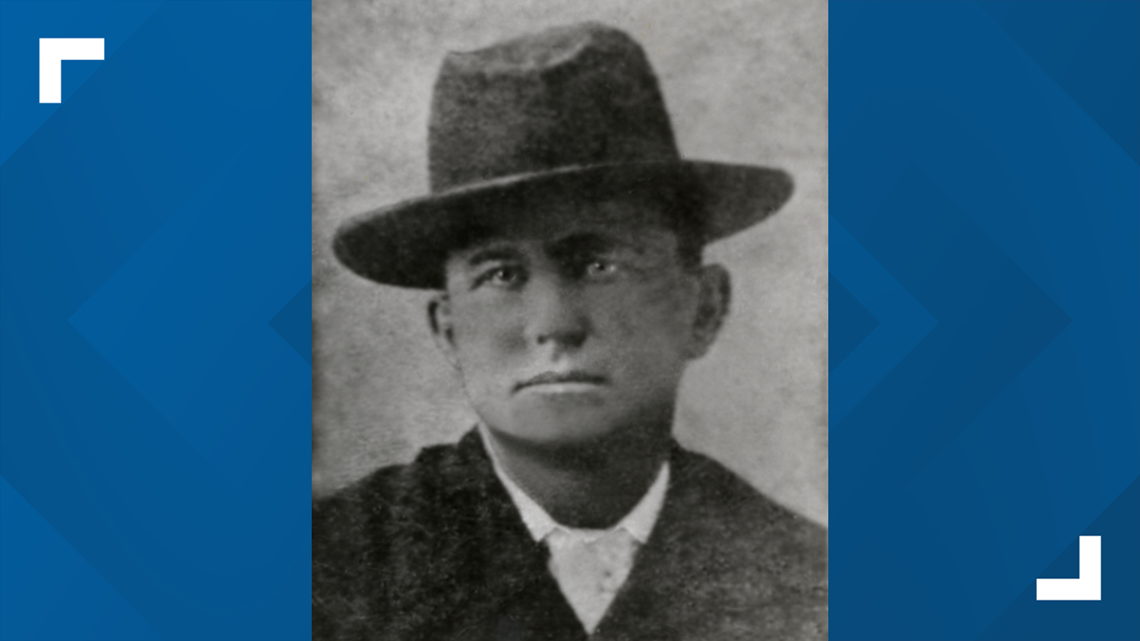
Wallace's body was hung in effigy before being buried in Longview.
By 1910, the city's population had reached 5,000 and had running water, electricity and a sewer system.
However, an ancient issue would tear the city apart in what is called the Longview Race Riots.
After the murder of Lamuel Walters, a black man who was allegedly in love with a white woman in Kilgore, racial tensions exploded on July 10. By the end of the riot, one person had been killed, several others were injured and dozens of black businesses had been raised. It was one of the darkest chapters in the city's history.

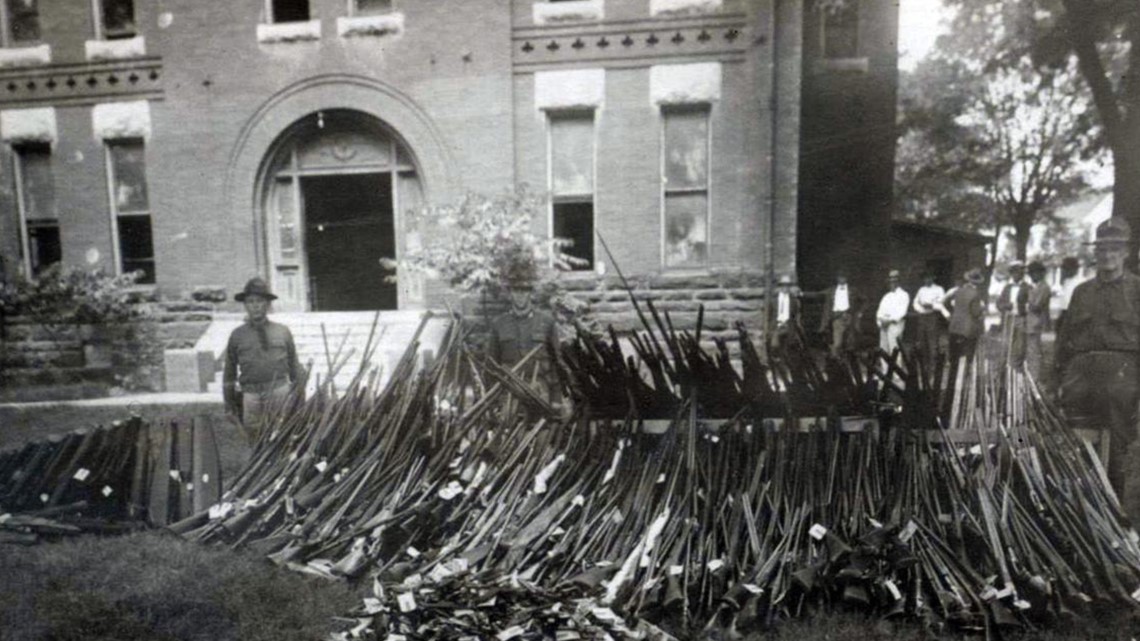
However, the city would recover from the riot and the city was able to capitalize on what became Highway 80 and the East Texas oil boom.
"We've developed from a railroad town to old gas area, to an industrial area to what we are today," Longview Mayor Andy Mack said. "And it's a wonderful transition and transformation where we've seen us grow."
One of the most important developments in the city's history was the opening of the Big Inch Pipeline. Commissioned in 1942 and opened in 1943 in the aftermath of Pearl Harbor, Longview became the southwestern terminal of the pipeline, shipping oil north towards the northeastern ports and fueling America's war machine in Europe during the closing years of World War II. By the war's end, more than 350 million gallons of crude oil passed through the Big and Little Inch pipelines.

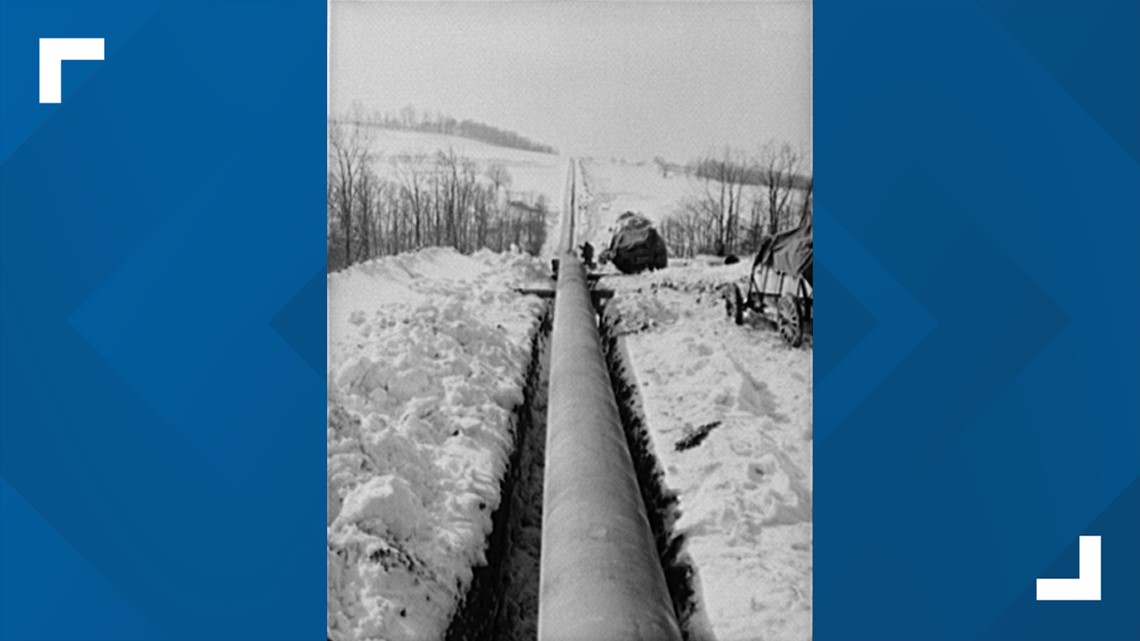
In the coming decades, Longview's population continued to grow from just under 25,000 in 1950 to more than 45,000 in 1970, partially due to the annexation of Greggton and Spring Hill as the city continued to grow.
However, as the city continued to expand, race would continue to be an issue that would plague the city's reputation.
"Some guys didn't want our schools to be desegregated, and on July 4th, 1970 they blew up 36 school buses," Larry Courington, of the Gregg County Historical Society, said.
Vicki Dade was in high school when the buses were blown up.
"Our parents had a normal conversation with us to explain to us that sometimes people are always nice and that things like this happen in the world. There are some people that are evil," said Dade. "It was a hurtful thing because both of my parents are educators or were educators at that time, and we couldn't understand why that would happen."
However, the city's school system has also given the city some of its brightest days.
Like many city's in Texas, each fall the community rallies around its high school football team. However, the Longview Lobos stands out from most programs in the state in terms of history and legacy.
The Lobos' football program began in 1909. Each year, the Lobos would have a losing season until finally in 1923, Longview completed its first winning season. Four years later, the Lobos were district champions with an undefeated record of 10-0-1.
Ten years later, in 1937, the Lobos reached the peak of their rise when they posted a 14-0 record and captured their first state championship.

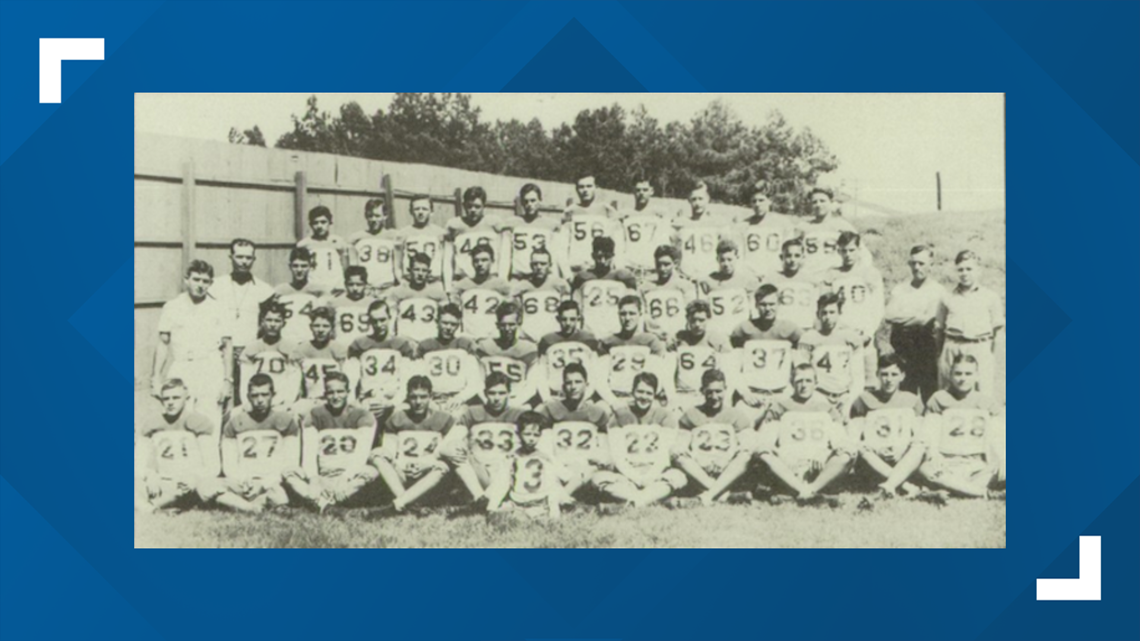
The team would continue to win district championships and reach the state finals over the next eight decades. However, they would always come short of winning the championship.
That all changed in 2018 under coach John King. King led the Lobos to a 15-0 record heading into the state final against Beaumont West Brook. The Lobos narrowly edged out West Brook 35-34 to bring the state title back to the proud residents of Longview after an 81-year hiatus.


After 150 years, the city is continuing its tradition of progress.
There is vibrant shopping, a new arts district, a university and other developments on the way.
"It's heritage," said Mack. "It's the history, it's where Longview has been, where we are and where we're going."
The city plans on celebrating its 150th birthday with many planned events throughout the year. The biggest event will be a parade scheduled for April 18. The parade will give residents a time to reflect how far they have come since the day railroad surveyors looked across the land on Ossamus Hitch Methvin, Sr.'s porch and noted the "long view" from Rock Hill.
"Whether it's 2020 or 2030 or 2040," said Zack Methvin, "I hope that there will be a certain aspect of this community this still adamant about how this all started."

